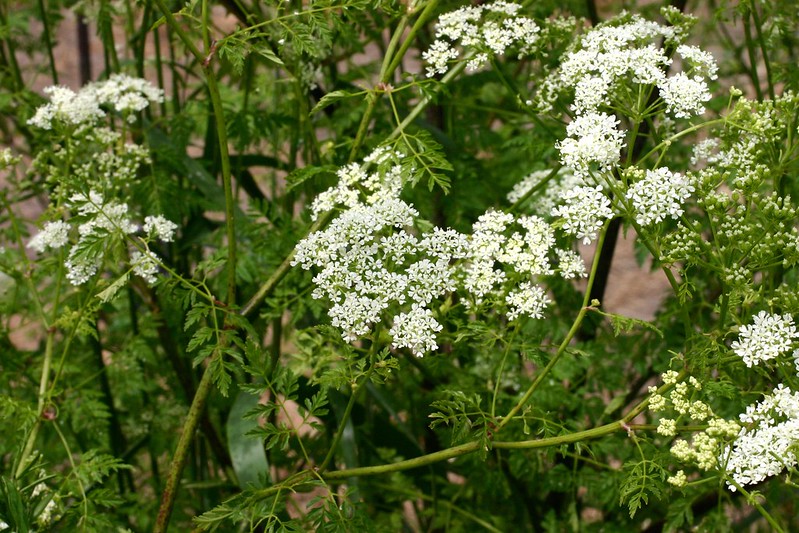
By Melissa Bartels, Extension Educator in Lancaster County
Have you noticed tall weeds with umbrella-like, white flowers in pastures, along roadsides and fields? It may be poison hemlock. Be careful as it is poisonous to livestock and people.
It’s critical you avoid overgrazing pastures that contain hemlock. When adequate forage is available to graze, animals select healthy, palatable plants to eat and avoid the hemlock.
Fortunately, hemlock usually is not palatable to most livestock. Do not try to control hemlock during the grazing season by mowing or spraying with 2,4-D plus Dicamba. This alters the plant and can actually increase its palatability, making it more likely animals will eat enough of it to cause poisoning.
Instead, control poison hemlock in the early spring or fall when animals are not in the pasture, or fence off large patches from livestock, if control is necessary. Herbicides such as 2,4-D, triclopyr and glyphosate can be used in the fall and/or spring to manage these weeds. It may take several applications, over a few years, to significantly deplete large seedbanks.